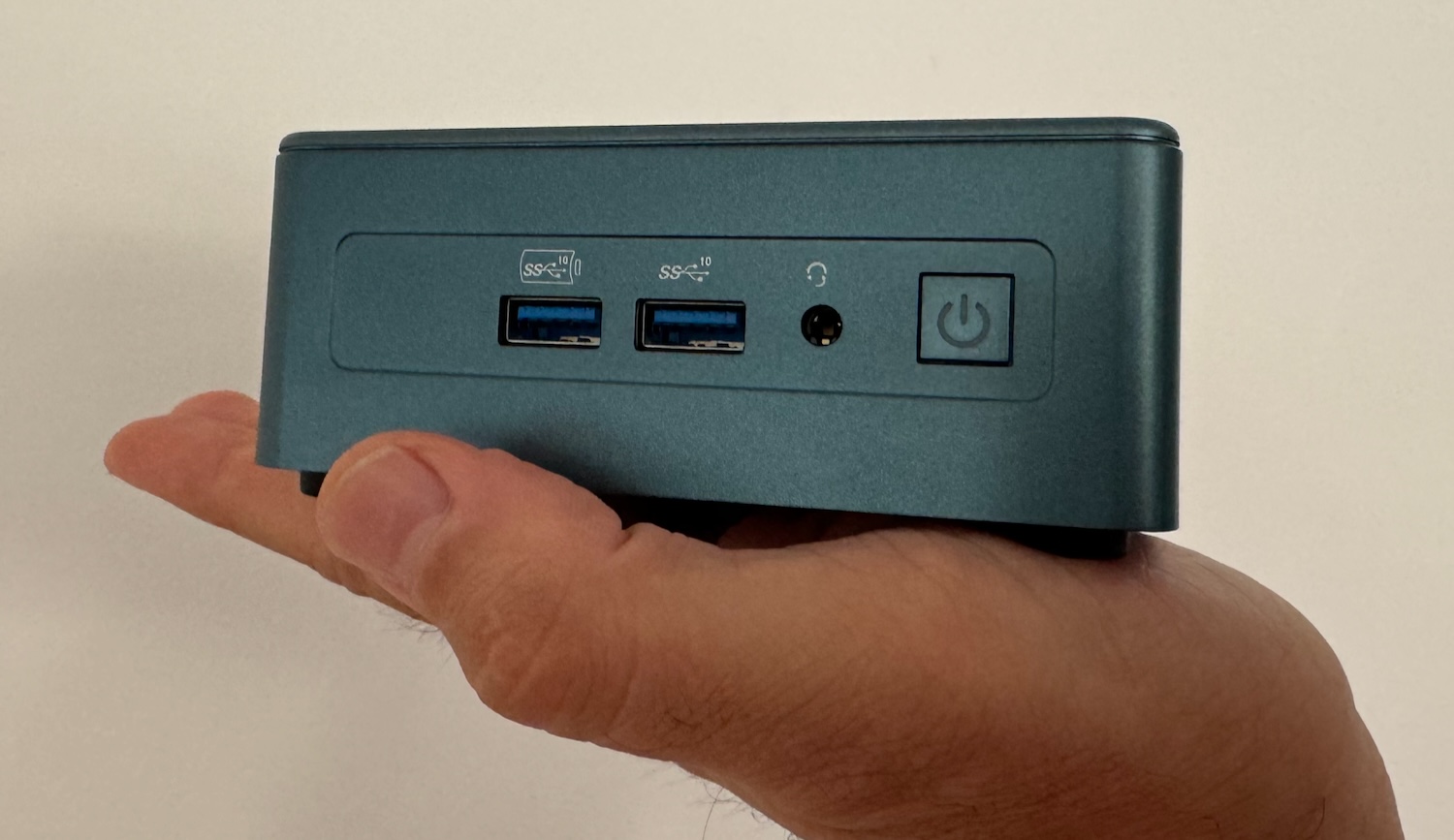End of an era: A once-powerful supercomputer has now been decommissioned and sold after a week-long auction. However, the undisclosed “lucky” owner will surely need to spend significant additional funds to do anything remotely useful with the system.
The auction to get a piece of High-Performance Computing (HPC) history ended a few days ago, with the final bidder winning the Cheyenne supercomputer for $480,085 – a mere fraction of its $25-35 million development cost. The HPC system was one of the most powerful supercomputers ranked in the Top500 list in the mid-to-late 2010s, but now it needs some assistance to keep its aging circuits going.
Cheyenne’s unnamed new owner purchased the complete HPC system comprising 28 rack units, 14 E-cell units, and 4,032 dual-socket units configured as quad-node blades. Cheyenne is equipped with 8,064 Intel Xeon E5-2967v4 CPUs, or a total core count of 145,152, more than 313 TB of DDR4-2400 ECC RAM, and other hardware.
The US General Services Administration hosted the auction, stating that the supercomputer’s new owner must hire a professional moving company to pick up and deliver the system. Movers must use proper Professional Protection Equipment to safely handle the hardware’s “considerable” weight, while the purchaser will have to assume full responsibility for moving operations. In other words, “don’t look at us if it breaks.”

The resale package did not include the entangled mass of fiber optic and CAT5/6 network cables connecting everything. General Services techs removed the internal DAC cables within each cell and graciously boxed them after graciously and meticulously labeling them to help the buyer if he chooses to reinstall the system.
Of course, General Services also stipulated that Cheyenne’s sale condition is “as is,” and disclosed that the machine currently has issues with “water sprays” caused by a faulty cooling system. Its DRAM memory nodes also show some ECC errors in around 1 percent of the system, meaning that it needs some expensive DIMM modules for the system to start up and begin reliably crunching numbers once again.
Cheyenne became operational in 2016 at the US National Center for Atmospheric Research. The system was ranked 21st in the Top500 supercomputer list, providing a peak performance of 5.34 PFLOPS. Cheyenne only ranked 160th in last year’s TOP500 list after newer, more powerful systems superseded it.











